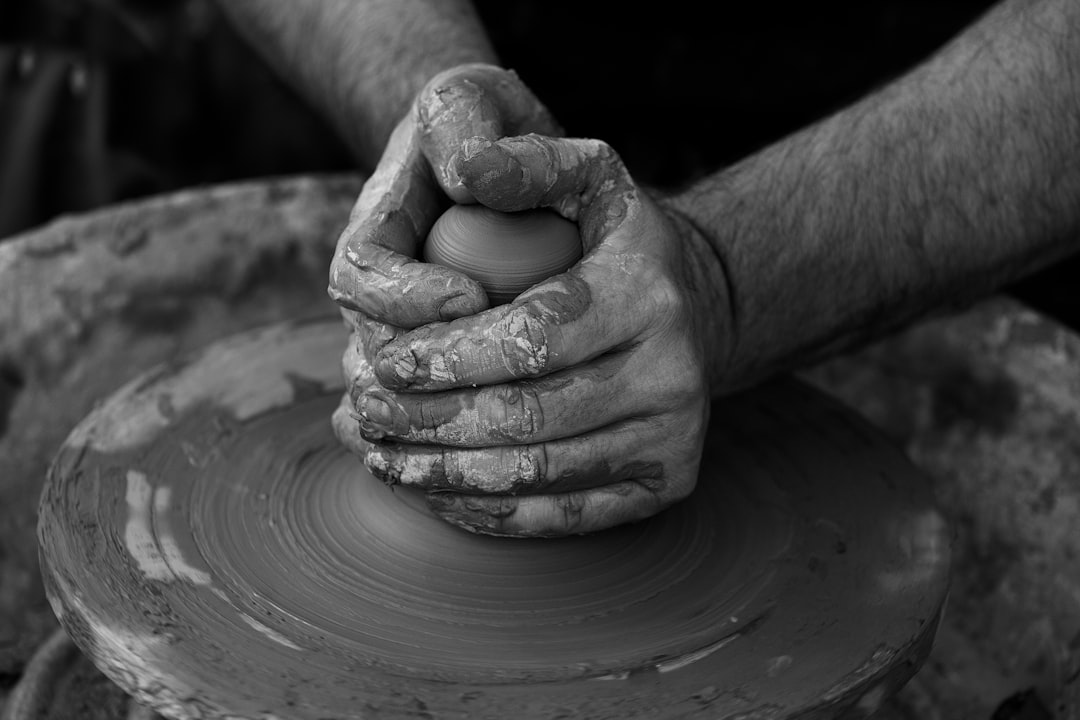What is it about?
Collections of historical clinical photographs pose ethical questions as to who may own, display, and look at them. While such collections serve as a historical record, the research potential of such images that depict the physically ill are also shrouded in concerns related to autonomy, privacy, and consent. This paper focuses on these complexities as they affect a 20th-century collection of patient photographs produced in Cape Town, South Africa.
Featured Image

Photo by Harlie Raethel on Unsplash
Why is it important?
The history of medicine and the allied sciences require attention in South Africa due to the country's legacy of colonialism and apartheid. This article seeks to unpack the importance of attending to historical medical photographs in a postcolonial and postapartheid context. There is currently no universally accepted protocol for dealing with historical clinical photographs in terms of research, reproduction, or reception. This paper thus serves to address the difficulty that the medium of photography poses (particularly as it relates to power-relations inherent to the image) as well as ethical concerns related to the field of medicine and depictions of patients.
Perspectives
This topic lies near and dear to my heart. The chief concern is the tension between 1) the opportunities that the study of historical (clinical) photographs offer researchers in a postcolonial context, and 2) the legislative fears that surround the sensitivity of such collections. This article is part of a greater and ongoing project to unravel the complex nature of 20th-century clinical photographic collections.
Michaela Clark
Read the Original
This page is a summary of: Patients, Power and Representation: Clinical Photographs in Focus, de arte, March 2019, Taylor & Francis,
DOI: 10.1080/00043389.2019.1580415.
You can read the full text:
Resources
Contributors
The following have contributed to this page










